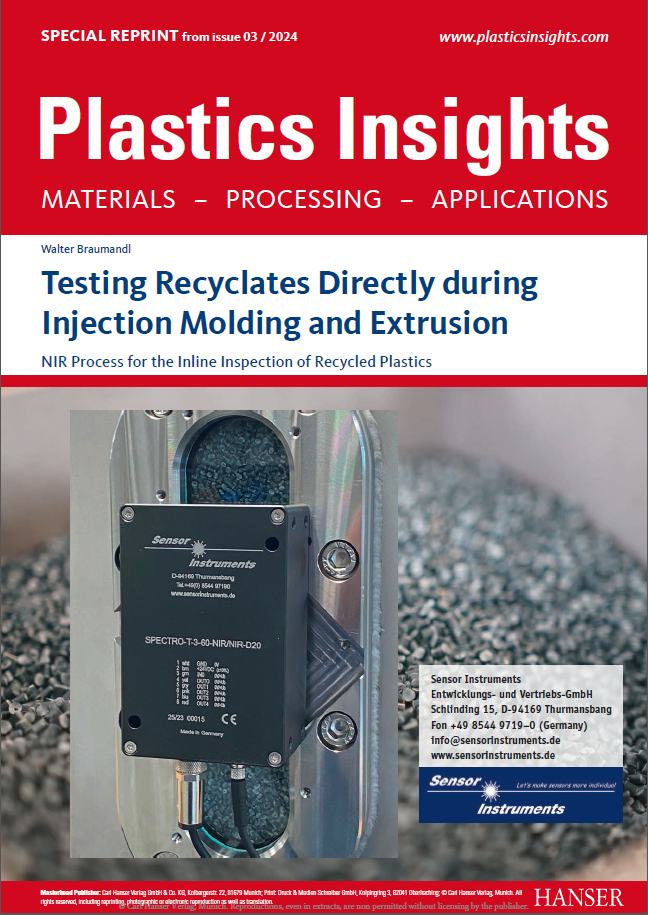Notizie aziendali
27.01.2022
| Eccellente lavoro di innovazione: la Sensor Instruments GmbH di Thurmansbang al 29° turno del concorso TOP 100, ha convinto la giuria in qualità di gruppo di esperti. È stata premiata con il sigillo TOP 100 2022 premio riservato solo le medie imprese particolarmente innovative. Il 24 giugno, Sensor Instruments sarà inoltre premiata personalmente per questi risultati dal mentore del concorso, il giornalista scientifico Ranga Yogeshwar.
► al comunicato stampa (Word/pdf) |
 TOP 100 Prüfkriterien TOP 100 Presse |










